Comics is… An ionic theory
We don’t get no respect over here!
Historically, one of the biggest handicaps to Comics being treated as Art is the instant commercialisation of the form from the early days of mass media.
(The very clever Allan Haverholm says in his Masters thesis: “the conditions under which comics were produced since their late19th-Century popularization have shaped the general perception of comics, in terms of penny pinching reproduction values projecting an aura of disposability and tackiness”)
Any creative endeavour is going to get sidelined in the Real World when the Return On Investment is so small ~ whether we’re talking about the time required to make a comic vs the time it takes to read… the production cost vs the price per unit… or the resale value to a collector.
Accordingly, the form has been denigrated by the Art Industry as lowbrow and dismissed by the Publishing Industry as too much work for too little profit. Comics has only been pursued with any great intent by production line capitalists who sell low and cheap and make money on the numbers.
Big C Comics is an art form, but the Art World sees it ~ at best ~ as an anonymous source of material to appropriate.
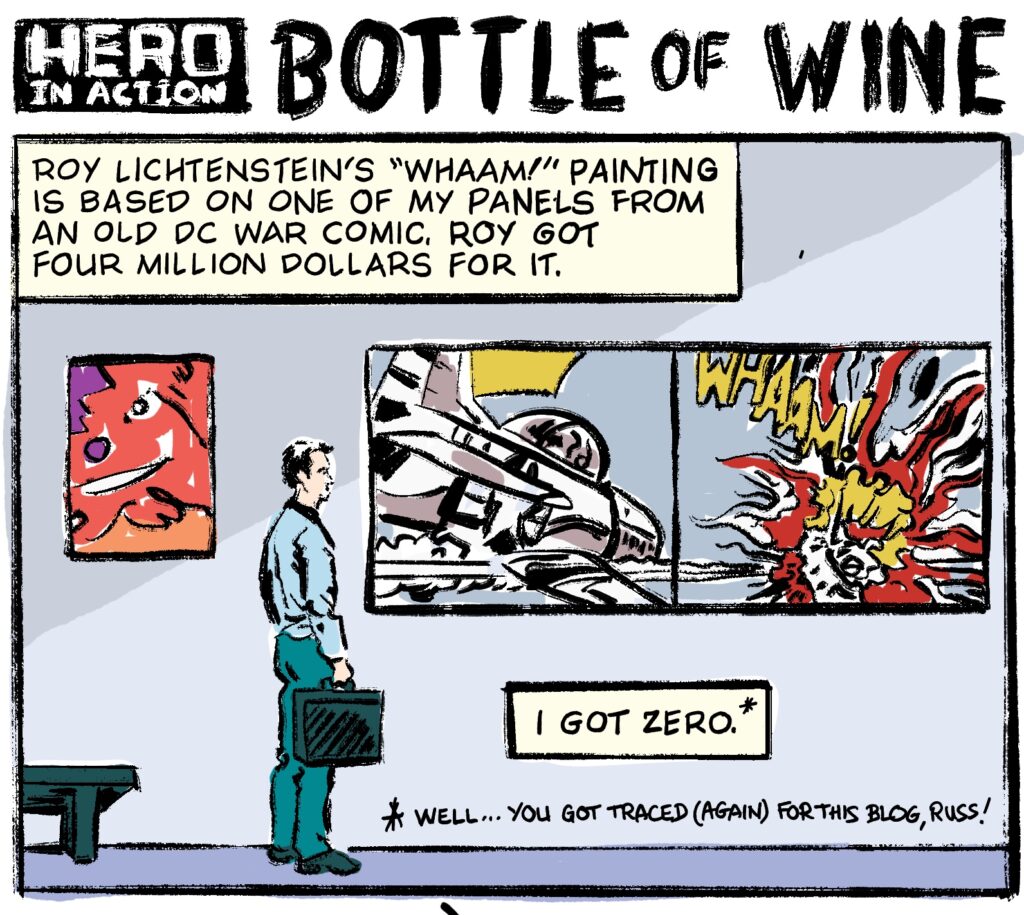
You can enjoy the great war comic artist Russ Heath’s thoughts on Art World appropriation of his work at this link
Although, comics historian Guy Lawley reminds me that Whaam! was actually based mostly on an Irv Novick panel (with a detail possibly from Heath) and the numbers quoted are hyperbole ~ this painting was sold to the Tate for £6,000 in the 1960s by an art dealer, who bought it in New York at a gallery show where the maximum price a Lichtenstein sold for was $2,500 ~ and that’s before the gallery’s commission!
These misattributions and hysterical numbers abound when talking about Fine Art taking ‘inspiration’ from comics (for Lichtenstein,data you could do worse than looking at David Barsalou’s detective work here).
Which speaks to my point: the Art World does not look at comics or the people who make them as anything more than anonymous, interchangeable pap… but that’s a conversation for a different essay.
Little c comics is an object, which the Corporate World sees as a commercial product that exists only to serve their profit-led enterprises.
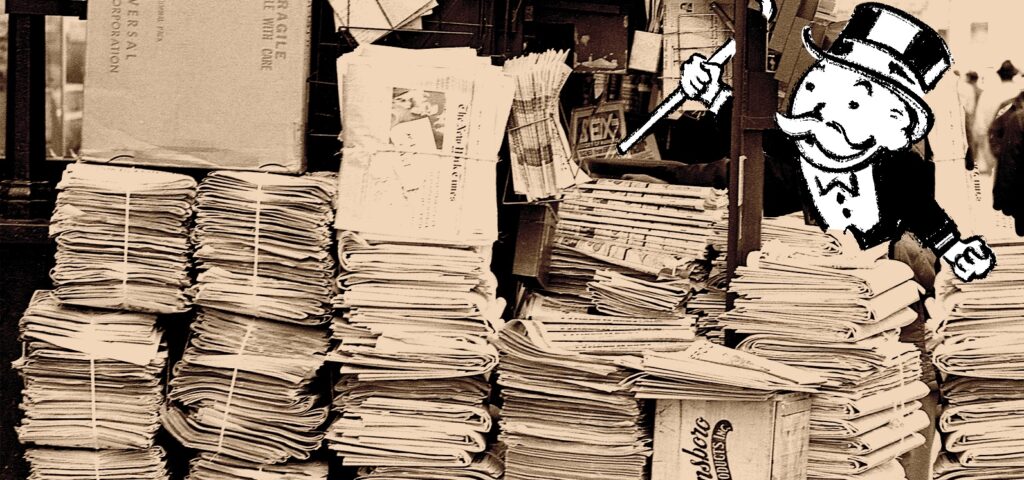
The individuals who make a living from comics are predominantly craftspeople*, working for a client or relying on the illusory largesse of a publisher. We mistake the output (comic) for the form itself (Comics).
A comic may be a thing to sell, but Comics is no more a tangible, sellable product than Painting is.
Comics can be made in any medium and be about any subject (or none at all) just as Painting can be executed with various materials and be about anything under the sun, from portraiture to abstraction.
Comics is not just superheroes, or jokes, or graphic novels, or remedial reading…
Comics is not always about text and image…
Comics is not only the comics you’ve been sold.
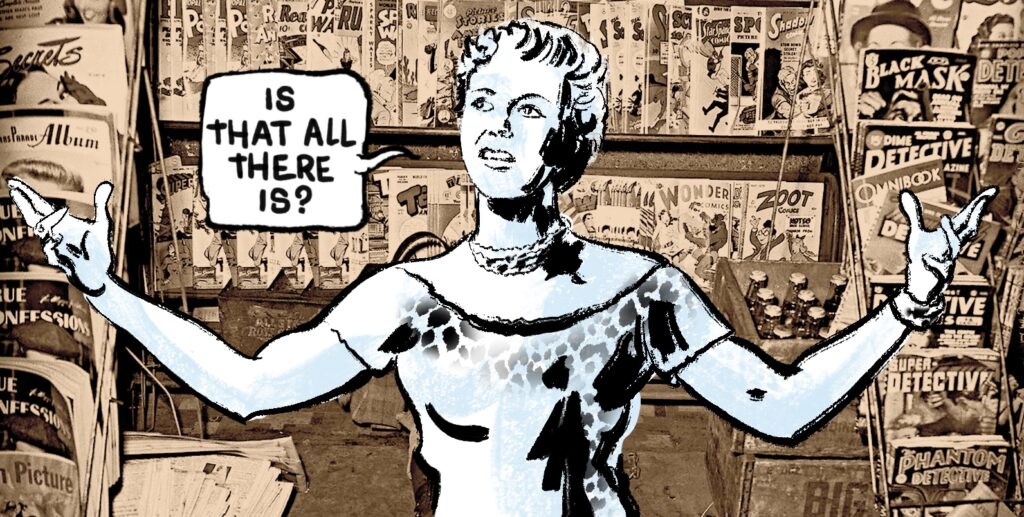
Anybody giving the subject a moment’s thought can see that. But the trouble with such defensive rationalising is it’s trying to define Comics in opposition to other things, by what it is Not.
To attempt a proactive description I’d say that Comics is an ionic visual form.
What?!? Bear with me here…
Ionic reactions occur when two compounds react by transferring electrons and, in the process, may form positively or negatively charged ions. An ionic bond is a link that forms between charged ions when electrons of one atom are transferred to another atom.
(Or something! I LIKE Science but I’m not really fluent in its language)
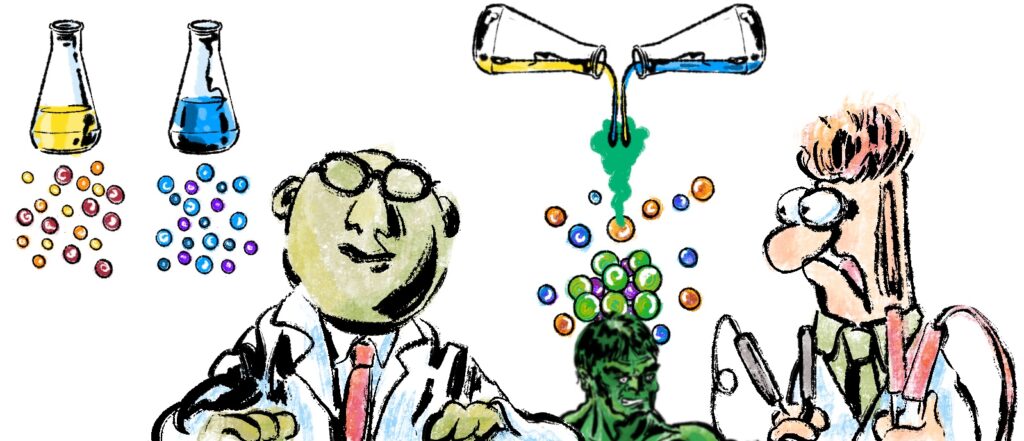
Speaking analogically, the way Comics works is similar to that ionic process. It’s an art form where the individual parts transfer information/meaning between the components, through the intervention of the Artist or the Audience (Juxtaposition),
The words and images in one panel have an ionic bond in isolation, but next to other panels ~ and proceeded and followed by more pages ~ they share even greater meaning and add further context.
This process of Recomposition results in a new compound.
The nature of discreet parts remade, by accident or design, into a new thing.
The creative embodiment of something being more than the sum of its parts!
In Comics, as in many grass roots arts, the audience is at least as important as the creator. A comic happens when the artist decides two or more things are happening together or when the readers decide the things they are experiencing are connected.
Words and pictures on a page are just that ~ they only become a comic when somebody reads them together. When humans make that ionic bond.
The component parts are simultaneously the ingredients and the record of a comic, but they are not the thing itself.

A comic happens in the making and the experiencing.
It’s a tree falling in the woods ~ if no one is around to read it, does it make a Kapow!?!
Which cod philosophy leads us to ask: if a comic is read and reread, who really made it?
Was it the author who showed us the parts working with each other?
Or maybe the audience who traced connections between the things over and over again?
The gap between creator and consumer is always narrow, and in comics that gap is an illusion.
To draw a Batman comic you need paper and a pencil.
You can do that right now… anyone can.
It is only the publishers and printers and distributors and retailers limiting which Batman comics get read beyond our personal reach.
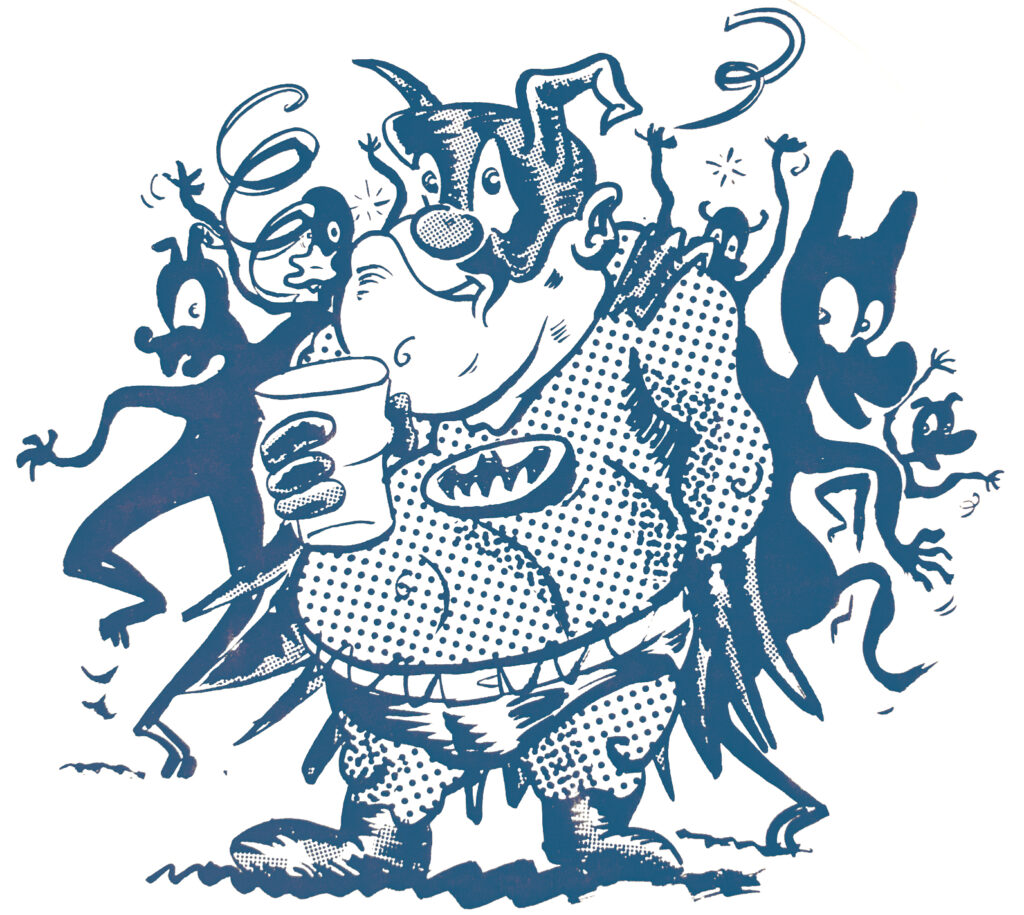
Some of this is gatekeeping (for commerce or status) and some is just a production bottleneck (making and sharing are not the same thing, as any artist without an audience can tell you).
But you can still make that comic.
Whatever your background, your skill level or your day job, you can make a comic that is as real and as valid as any seasoned professional (which absolutely doesn’t mean it’ll be considered any good by someone who reads it… but the same can be said for any creative endeavour, can’t it?)
Beyond the ease of creation, there are specific properties to how Comics work that open the art form to some super exciting uses.
Coming back to the idea of an ionic art form: a comic happens when the context of one image is transferred or merged with that of other images that are positioned in relation to it.
We are programmed to think of comics as printed/online pages, but any conscious juxtaposition of visual elements is using the language of Comics, whether that is intended in the presentation or not.
A picture on the wall behind a sculpture interacts with the latter’s space and changes the viewer’s experience of it in subtle and not so subtle ways.
(taken to its extreme, this suggests Comics are intimately threaded through all visual art forms as soon as they leave the vacuum of their creator’s space and are presented to an audience ~ almost as if Comics is the highest art form, essential but kept lowly because it is impossible to monetise or control!)
Which opens up all sorts of exciting ways Comics can be used.
Recent years have seen an explosion of fiction, biography and areas like graphic medicine using the form. And the boundaries of non-representational art in comics are being tested already by a number of artists.**
What more unexpected spaces might be explored if we apply this ionic approach?
Comics you travel through ~ on foot between large panels? on a train with a different part at each station (designed to address the different time spans between stops)?
Comics that build on the sensory experiences of d/Deaf or visually impaired communities, using tactile elements?
Comics composed of physical objects in proximity to each other?
What will we be able to make/say/think if we free Comics from its indentured connection to Story, let alone Commerce?
Comics may be made or discovered anywhere.
Comics are everywhere!
Go…
find some!
*if you don’t already know, in my book Art is not superior to Craft. The terms relate to a creative work’s purpose and have no relevance to its quality
**with a little research it’s easy to find numerous examples of creators playing with what Comics is and how comics work… to start with, go look for some of my favourites listed below



